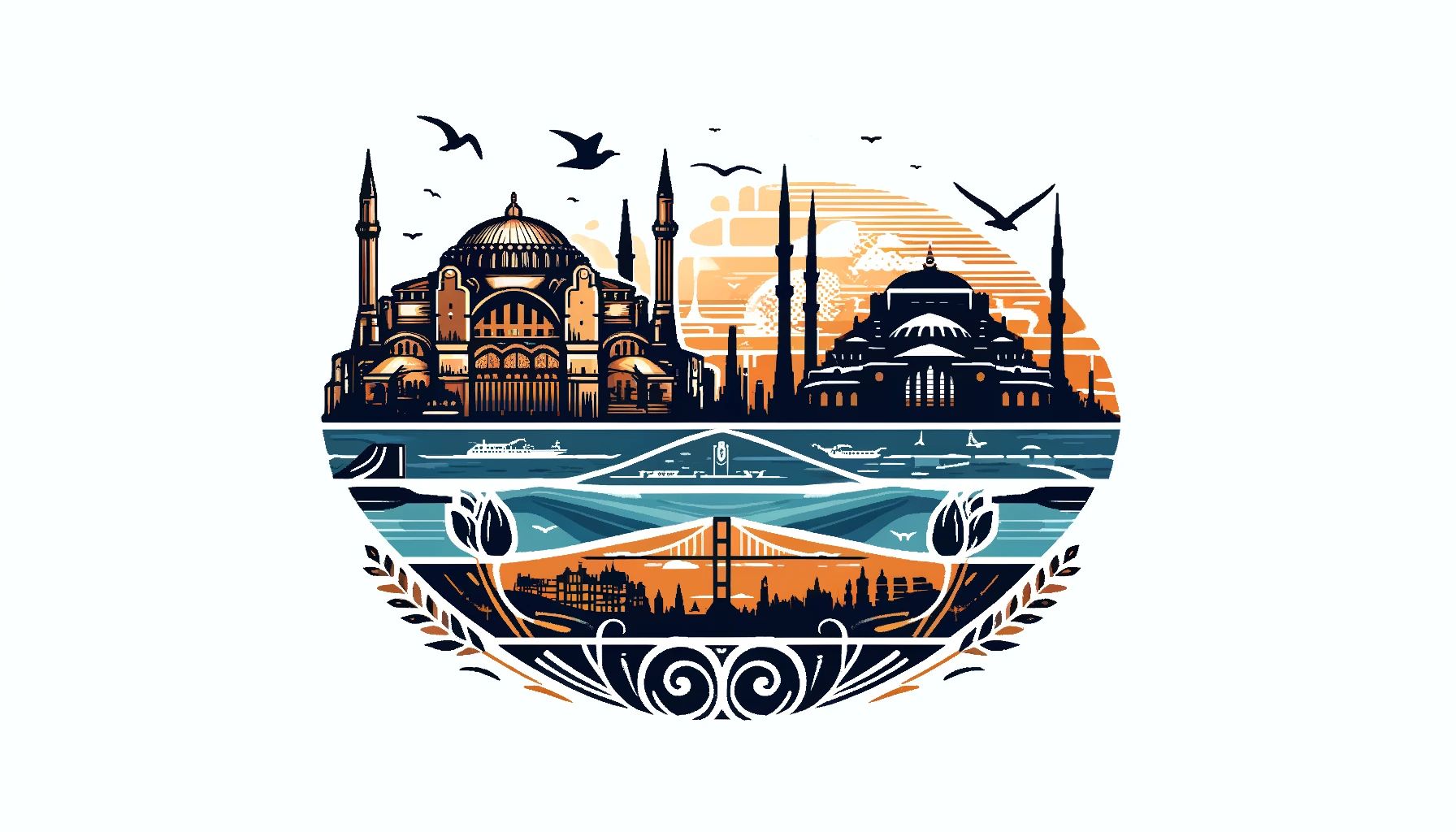Building Dolmabahce Palace was an enormously expensive undertaking. It cost 5 million Ottoman gold lira, approximately equivalent to 35 tonnes of gold, which today would be close to $2 billion. The palace’s ceilings alone were adorned with 14 tonnes of gold, underscoring its opulence.
The term „Dolmabahce“ translates to „filled-in garden“ in Turkish. The palace is located where there was once a shallow part of the Bosphorus sea. In the late 1600s, this area was filled in and transformed into a royal garden, upon which the palace was later constructed.
Dolmabahce Palace boasts the world’s largest chandelier in its Ceremonial Hall. Made of Bohemian crystal, it weighs 4.5 tonnes and includes 750 lamps. This chandelier is a highlight of the palace’s lavish decorations.
Dolmabahce Palace is architecturally significant due to its mix of Baroque, Rococo, Neoclassical, and Ottoman styles. This combination reflects the evolving architectural tastes in Turkey during the 1800s. Here the detailed architecture.
The palace was constructed by Sultan Abdülmecid I between 1843 and 1856. The architects responsible were Garabet Balyan and his son Nigoğayos Balyan.
Dolmabahce Palace is unique because it was built as a single large structure rather than a complex of smaller buildings. It is also notable for housing the world’s largest Bohemian crystal chandelier, a gift from Queen Victoria.
Dolmabahce Palace is vast, encompassing 285 rooms, 44 halls, 68 bathrooms, and 6 baths, making it one of the largest palaces in the world.
The palace was the residence of six Ottoman sultans and later, Mustafa Kemal Atatürk, the founder of modern Turkey, who also died there in 1938.
The palace is renowned for its opulent gold and crystal decorations and houses an impressive collection of 202 oil paintings, including works by celebrated artists.
The palace features numerous historic clocks, most of which are stopped at 9:05 AM, the time of Atatürk’s death, as a tribute to him.
While not all areas are open to the public, visitors can explore many rooms, including the main hall, some private areas, and the harem.
Dolmabahce Palace introduced European building techniques and styles to Turkey, marking a significant shift in the architectural landscape of the region.
Maintaining the palace is challenging due to factors such as air pollution, which damages the exterior, and the need to preserve ancient furniture and artworks inside.
The palace occasionally hosts special exhibitions and cultural events that showcase Turkey’s rich history and culture.
Dolmabahce Palace played a crucial role in the political and governmental transitions during the end of the Ottoman Empire and the early years of the Turkish Republic.
The name Dolmabahce derives from Turkish words „dolma“ meaning „filled“ and „bahçe“ meaning „garden,“ reflecting the site’s transformation from a filled-in sea area to a royal garden.
